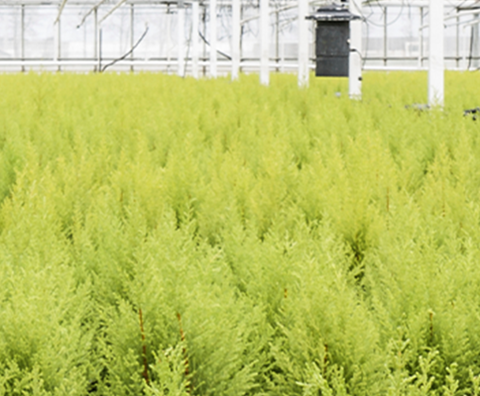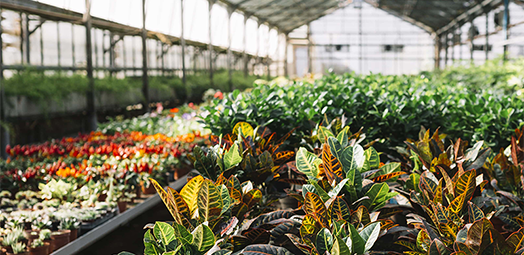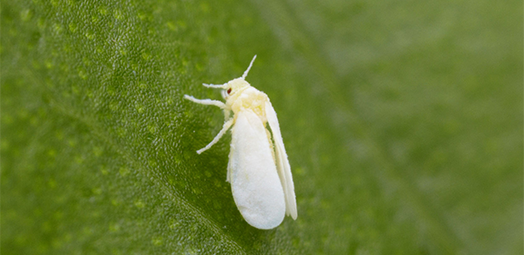
Greenhouse insecticides typically fall within one of two groups: systemic insecticides and contact insecticides. While both greenhouse insecticides offer distinct advantages, there are some challenges specifically presented by systemic insecticides:
- Systemic insecticides enter the plant through the roots or plant surfaces and move throughout the stem, leaves, roots and any flower or fruit. This process requires some time to take effect, and will not offer immediate control of insects.
- A systemic insecticide targets insects and interferes with their nervous systems by killing any insect that feeds on the plant through ingestion. Depending on how much toxic material is present in the plant and how much the insect eats, they may not consume enough of the insecticide to be affected.
- Because systemic insecticides are soluble in water, they can be moved by water before being absorbed by the plant or soil particles.
Contact insecticides offer a different method of application that presents a strong alternative to systemic insecticides. These insecticides are sprayed onto the surface of plants and can kill harmful insects that come into contact with the product. Because of the difference in how greenhouse contact insecticides are applied and work to control insects, they don't present the same challenges as systemic insecticides, listed above.
Mavrik Aquaflow® Insecticide/Miticide is a contact insecticide that offers a great alternative to systemic insecticides. Mavrik Aquaflow® is non-phytotoxic, even on open blooms, which makes it ideal for most plants. It offers broad-spectrum control on many types of the most problematic pests, including leafhoppers, aphids, spider mites and more.


